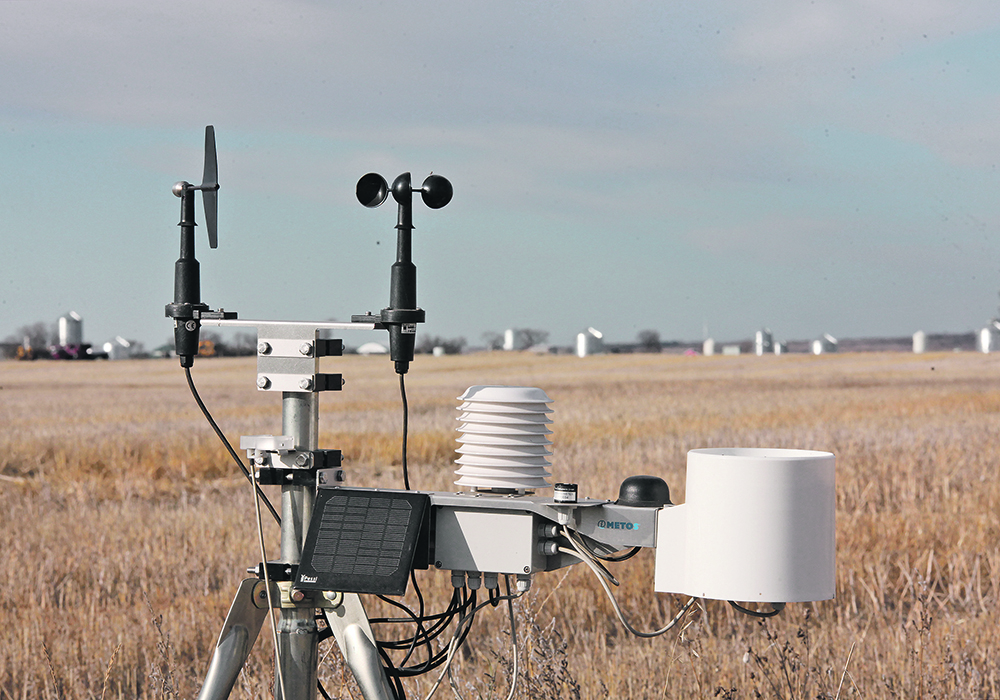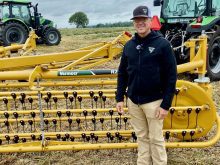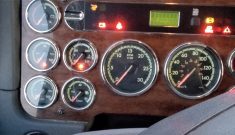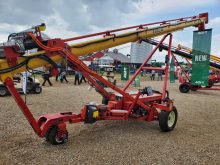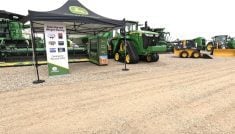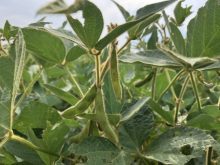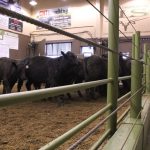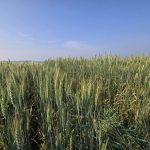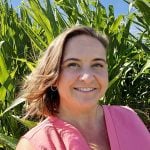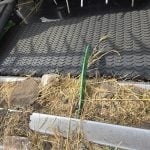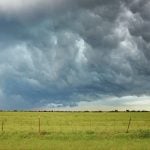New system gathers information from sensors, national forecasters and machine learning to localize forecasts
California-based Benchmark Labs uses Internet of Things weather sensors, information from national forecasters and machine learning to improve local weather forecasts for farmers.
Carlos Gaitan, chief executive officer of Benchmark Labs, said the new system was designed with growers of specialty crops in mind so they can adjust quickly to imminent weather changes.
However, growers of broad acre crops can also use it.
“We are starting with specialty crops, but for us it is the same use case. Most growers are worried about rainfall, wind speed and direction, temperature, a lot of humidity, respiration and so on. So yes, we can serve their needs too,” Gaitan said.
Read Also
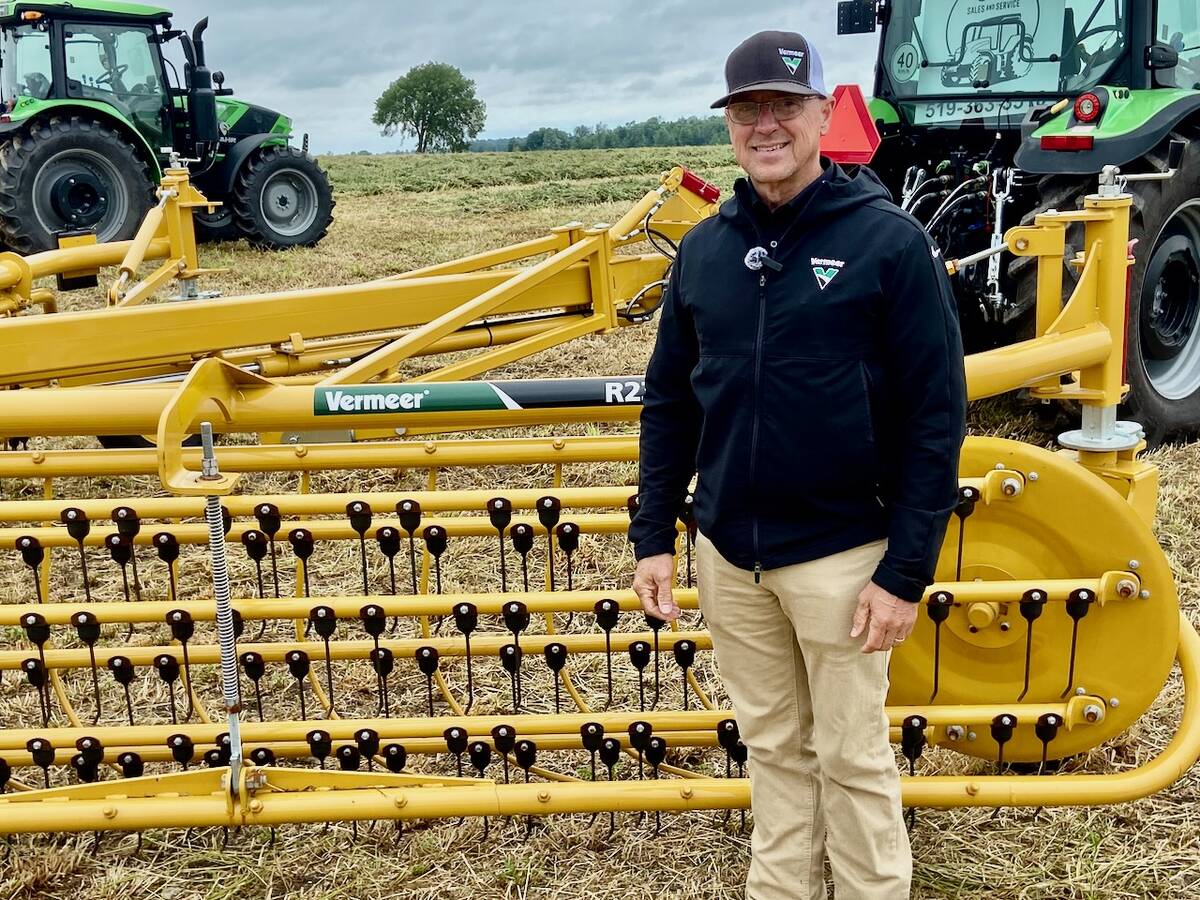
Basket rakes pitched for top-quality windrows
Boxy, clean windrows help make better hay bales for livestock farms and forage growers, and a basket rake excels in those areas, says Bart Elder of Vermeer.
Farmers who have years of data from weather stations on their farm can use this information to train Benchmark Labs’ algorithms.
“That would be the probably the best-case scenario for a farmer that already has a weather station. We can help them to get a higher return on their original investment because we can ingest data from their existing stations and read historical data,” Gaitan said.
“Our models will be even better from day one because we could have already access to what is happening at the location.”
Benchmark Labs can use information from many brands and types of sensors, including relative humidity, temperature, wind speed and direction, and solar radiation.
“Our bread and butter, our forecasting specialization is to use IOT sensors at the farm level and then improve the forecast from Environment Canada and the National Weather Service here in the United States. Even with private providers like IBM, we can correct those forecasts and bring them closer to reality,” Gaitan said.
He said one of the biggest drawbacks of the current weather forecasting system is that it is done on a grid model, where grid lengths range between nine kilometres in the smallest sections all the way up to hundreds of kilometers for the large grids.
“Forecasts from traditional weather agencies that divide the world in boxes sometimes are significantly different to what is experience on the land at farms,” Gaitan said.
Farm-based sensors help identify microclimates at specific areas, and the AI-based algorithms use this local data and ever-changing weather data from national forecasters to provide local forecasts.
“Our analyses go beyond just temperature, rainfall and wind. In the case of farming, Benchmark can account for things like soil density, crop type, tree coverage and elevation when forecasting temperature and precipitation,” Gaitan said.
He said Benchmark Labs’ technology can improve the accuracy of farm-tailored weather forecasts by as much as 50 percent.
“It’s a substantial improvement. It’s not a marginal improvement. The users will see a difference in alerting for heat spells, for frost spells and for average conditions too,” Gaitan said.
Benchmark Labs has an application programming interface (API) that enables it to connect to farm management software.
It also built an app growers can use to view forecasts and receive weather alerts.
Gaitan said the company is working on incorporating localized agronomic information to provide growers disease forecasts for specific areas.
Benchmark Labs’ service costs US$500 per sensor per year in the United States.
“We would love to hear from the growers in Canada to try to understand their need and get a pricing mechanism that works for everybody.”




